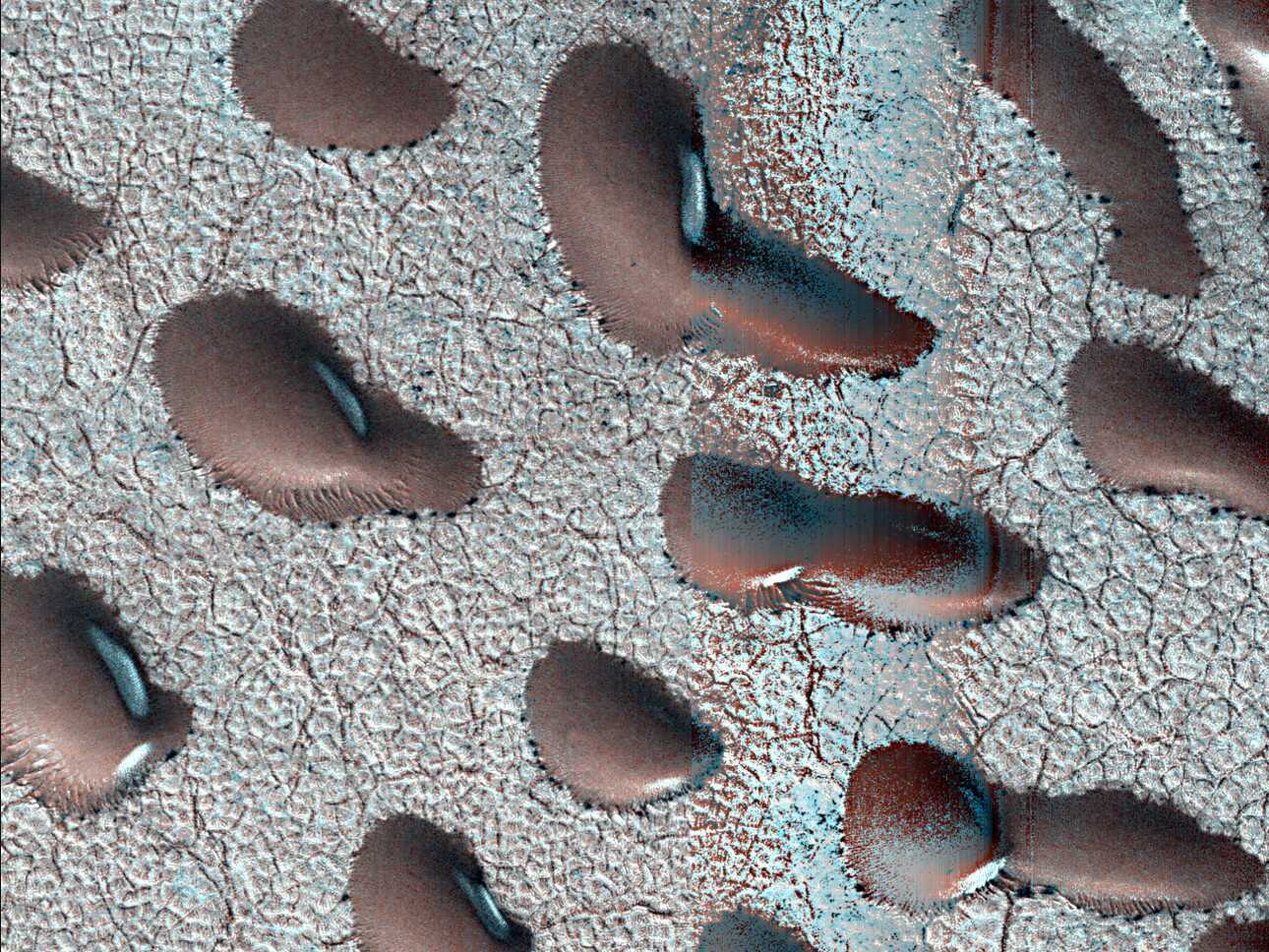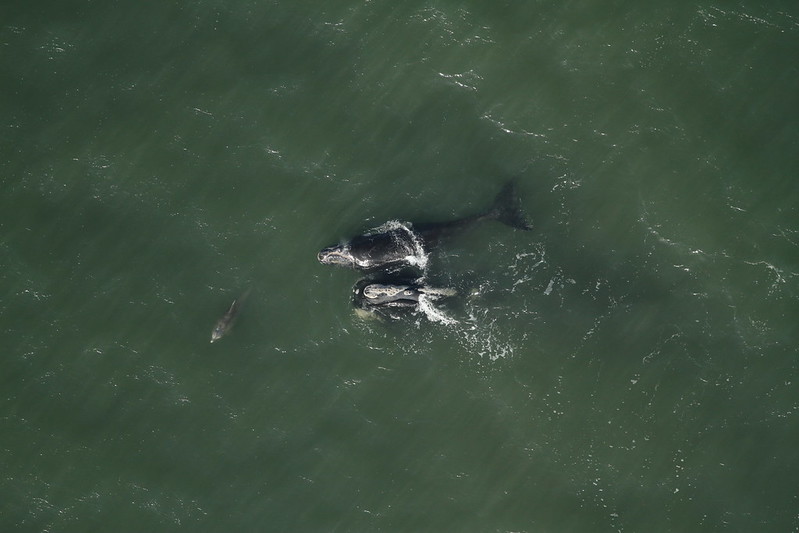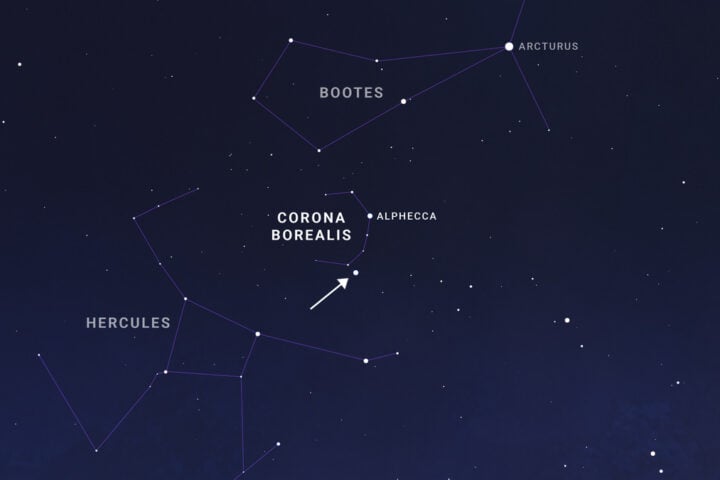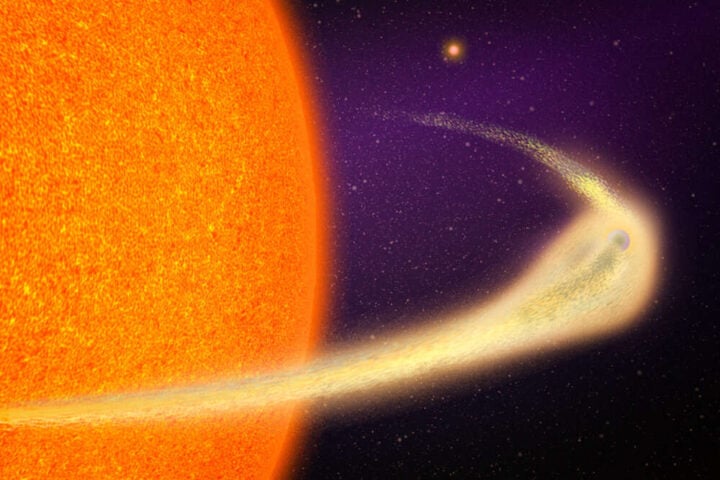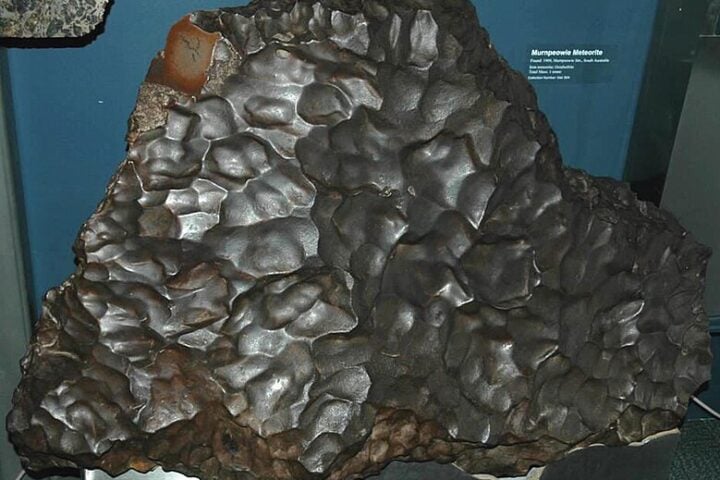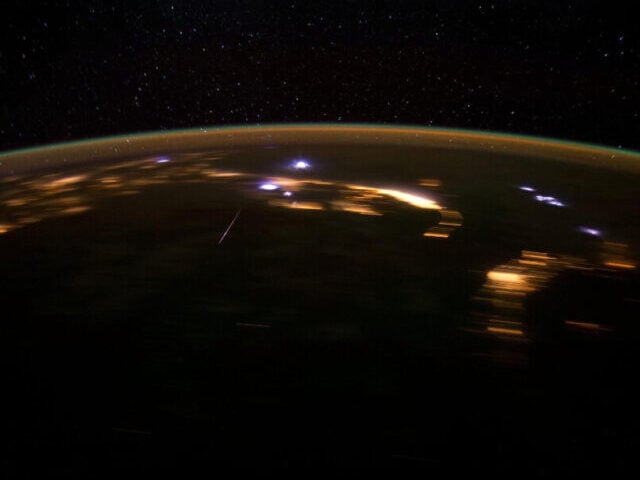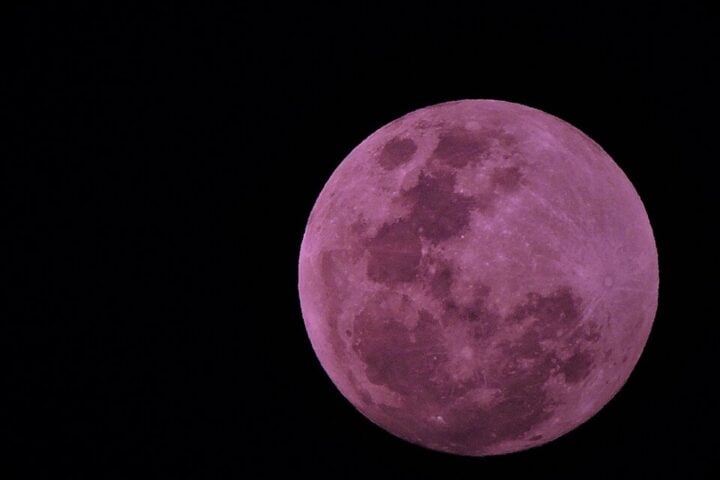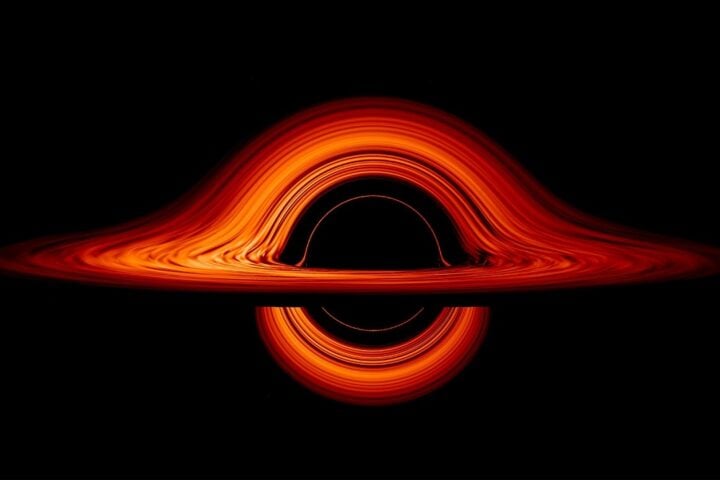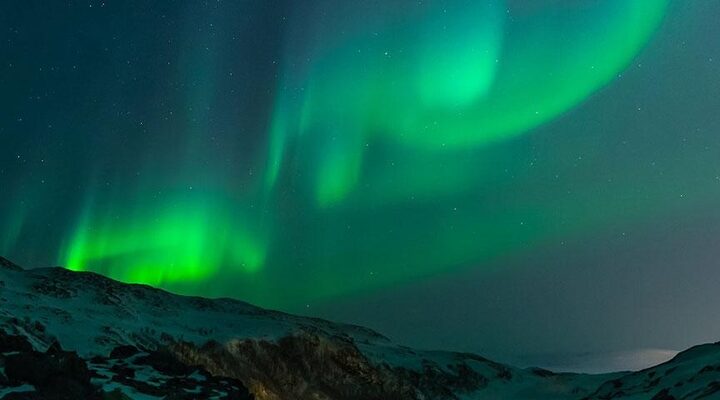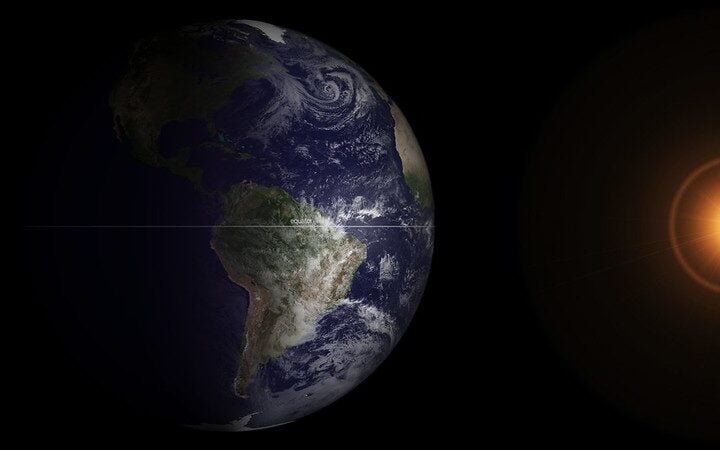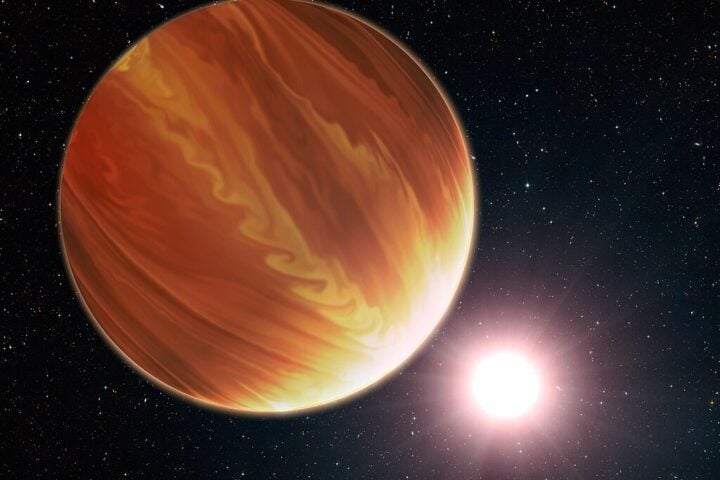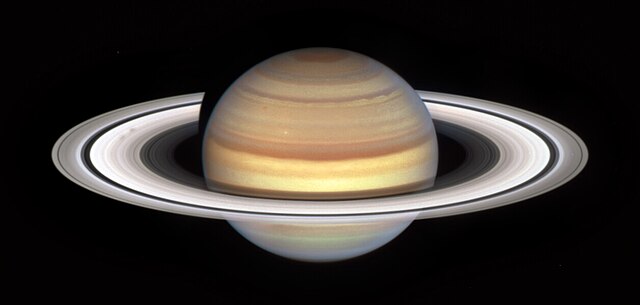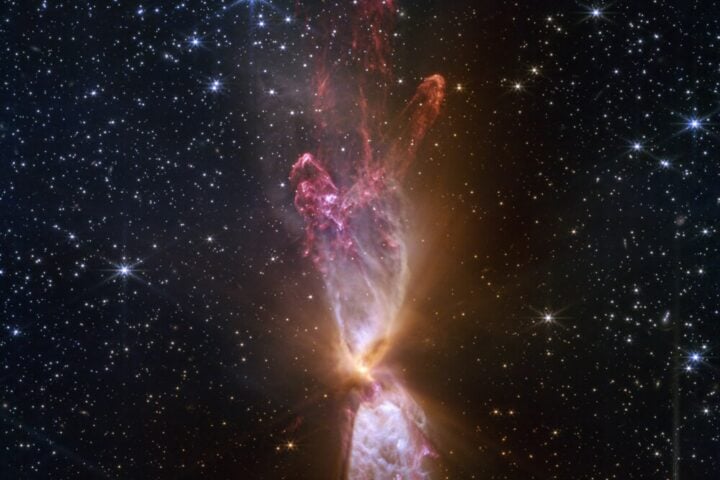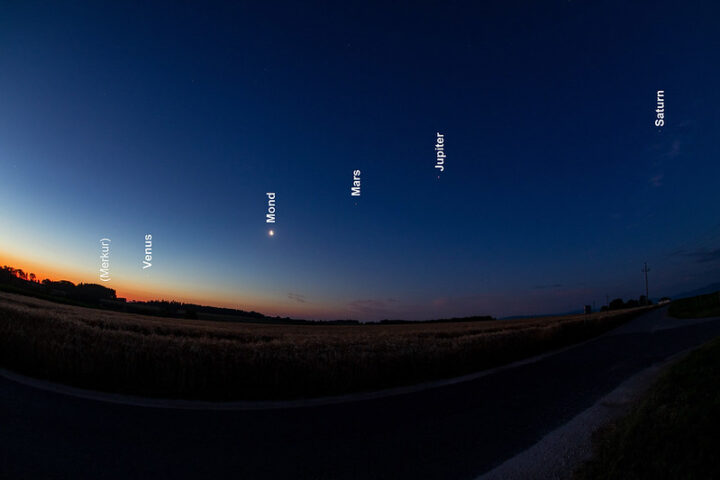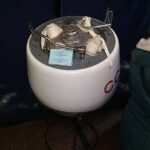NASA’s spacecraft has found something unusual on Mars- sand dunes frozen in place, shaped like kidney beans. They aren’t moving like dunes on Earth because they’re covered in a layer of ice.
The Mars Reconnaissance Orbiter took these photos in September 2022. What makes this discovery special is the type of ice covering these dunes. It’s not just water ice like we have on Earth, it’s also dry ice which is frozen carbon dioxide. During Mars’ nights, temperatures drop as low as -123 degrees Celsius, cold enough to freeze water and carbon dioxide.
These frozen dunes are like nature’s time capsules. When scientists study the changes undergone by the ice in Mars’ seasons to understand what Mars’ climate was like long ago.
Similar Posts
A recent study from Harvard University found something interesting that connects to these frozen dunes. Mars had a magnetic field that lasted until about 3.9 billion years ago which is longer than scientists thought previously. This timing matched when Mars had liquid water on its surface.
The ice covering these dunes does something important during Mars’ spring season. It turns directly from ice to gas. Scientists think this process helped create conditions where life could have existed on Mars. NASA’s research shows that even today, enough sunlight passes through the ice that tiny organisms potentially live in small pools of melted water under the surface.
Scientists are particularly excited about these frozen dunes because they might help us understand how Mars changed from a planet that possibly had life to the frozen world we see today. This information isn’t just about Mars’ past – it could help us plan future missions to the Red Planet.
